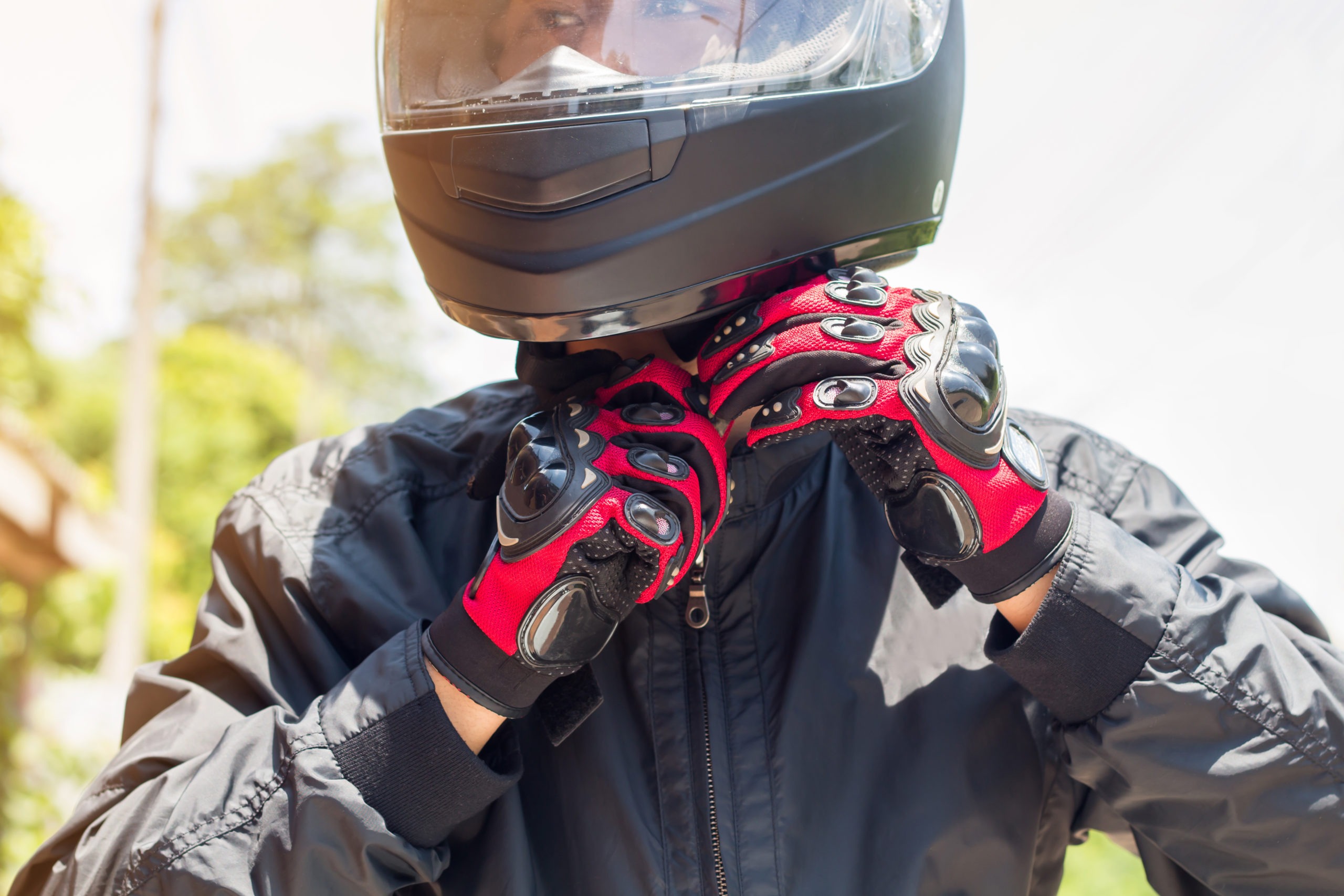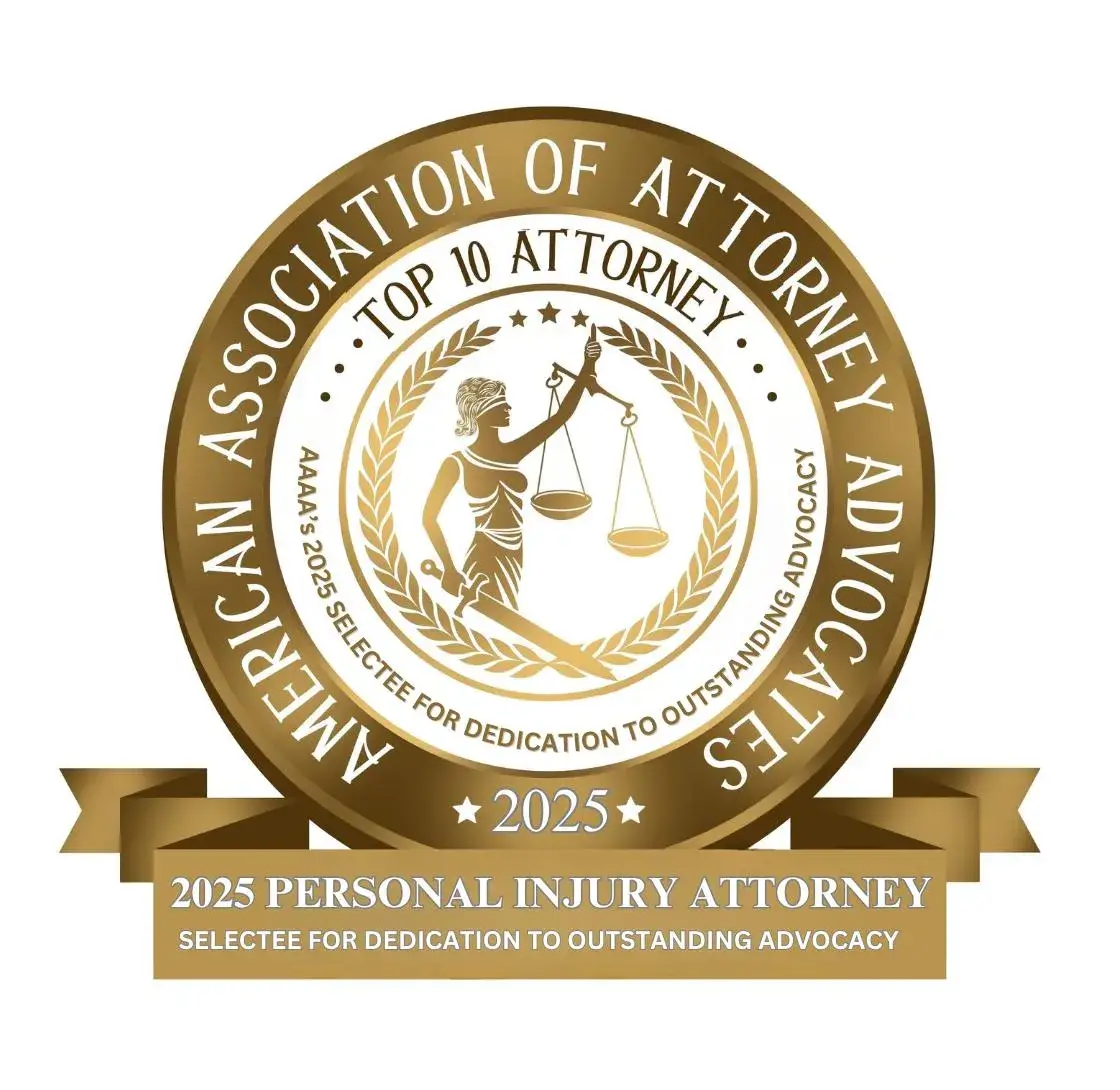Preventing Ladder Injuries at Construction Sites
Falls are the leading cause of work-related injuries and deaths in construction, and a large number of falls are the result of unsafe ladder use.
The Centers for Disease Control and Prevention report that more than 80 percent of fall injuries among construction workers involved a ladder. Work-related ladder injuries caused 113 fatalities, according to 2011 statistics. Ladder incidents also resulted in approximately 34,000 nonfatal injuries and 15,460 nonfatal injuries resulting in missed work. More than 164,000 Americans visit the emergency room for ladder-related injuries every year, according to the U.S. Consumer Product Safety Commission.
However, there are certain steps to take that can greatly reduce the risk of ladder-related injuries. The American Academy of Orthopedic Surgeons Ladder Safety Guide recommends you:
- Clean the bottom of your shoes to ensure they do not slip off the rungs of the ladder, and avoid wearing leather-soled shoes, which are more susceptible to slipping
- Securely tie your shoelaces and make sure your pants do not extend past your shoes
- While climbing, face the ladder, stay in the center of the rails, and grip both rails securely
- Move the ladder rather than overreach
- Keep your bellybutton between the sides of the ladder, as leaning too far to either side can make you lose your balance
- Never stand on the top rung of a ladder
- Do not overload the ladder, and only allow one person to use it at a time
- Do not use the ladder or the pail shelf as a seat
- Never use a ladder in high winds
Choosing the correct ladder is key to minimizing the risk of fall injuries. Make sure the ladder is a proper length to reach the working height you need, and ensure that the working load (which includes your weight and any tools required for the job) does not exceed the safety limit for the ladder in question.
Workers and site leaders should ensure the ladder undergoes proper inspection before use. Never use a ladder that is broken, bent, or damaged, and check the equipment for loose screws, rungs, or hinges. Never use a ladder with mud, grease, oil, snow, or other slippery liquids on it, and avoid making temporary repairs of missing parts or broken pieces—the repairs could fail while in use, posing a serious safety risk to workers.
Proper setup is imperative for safe ladder use. Never place a ladder on uneven ground or flooring, including soft, muddy spots or areas susceptible to repeated freezing and thawing. Make sure the ladder is clear of electrical wires, tree limbs, or other obstructions. For every 4 feet that the ladder rises, move the ladder 1 foot away from the wall, and make sure the upper and lower sections of an extension ladder overlap to ensure stability.
To minimize the risk of ladder injuries, the American Academy of Orthopedic Surgeons recommends that employers:
- Finish as much of the work as possible on the ground to reduce or eliminate the need for ladders
- Provide alternative, safer equipment for extended work at elevation (including aerial lifts, scaffolds, or mast climbing work platforms)
- Provide properly selected and inspected ladders that are appropriate for the employee’s weight, location, and task
- Provide proper accessories to supplement safe ladder use when applicable
- Provide ladder safety information and training for employees



















